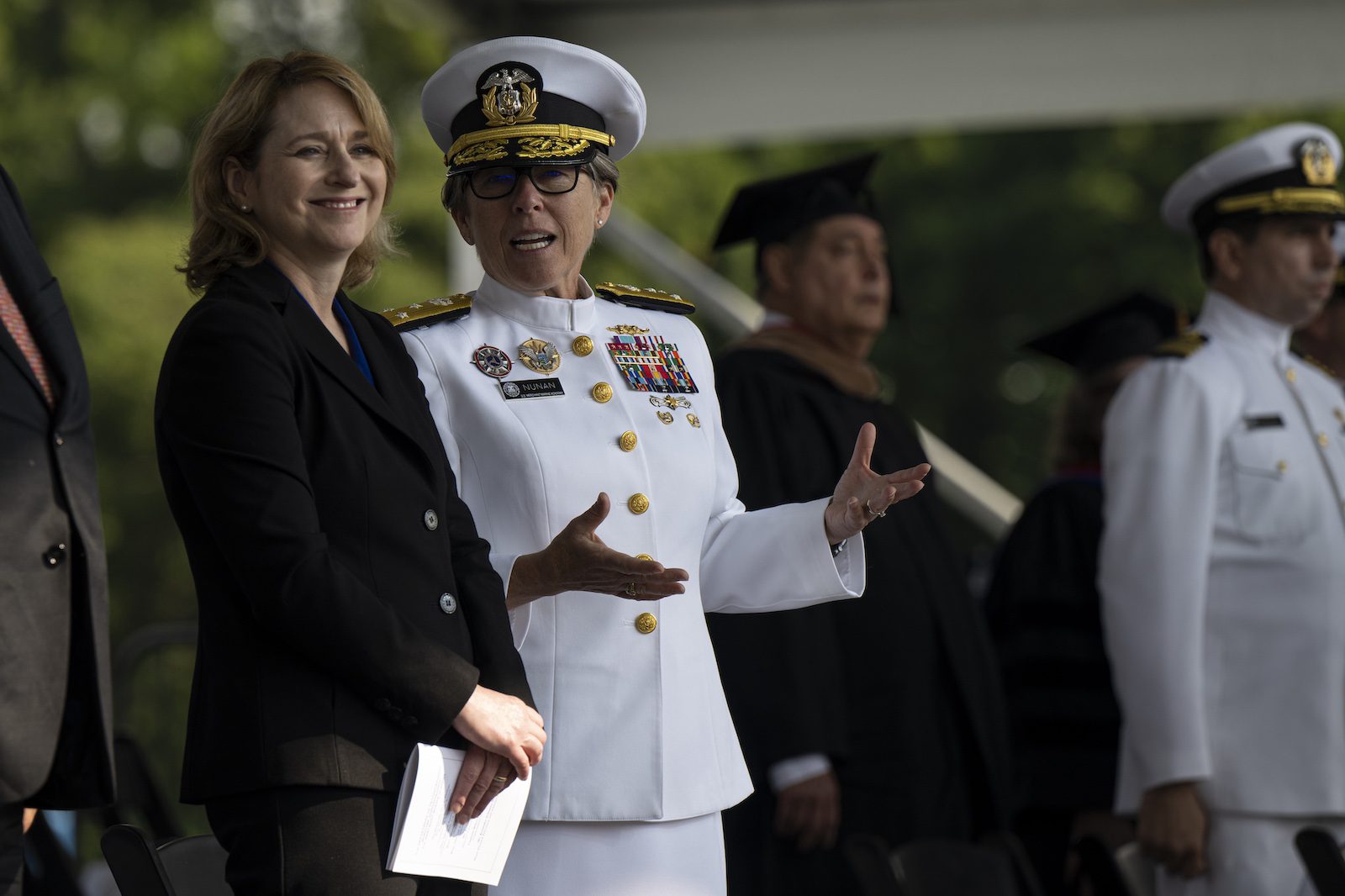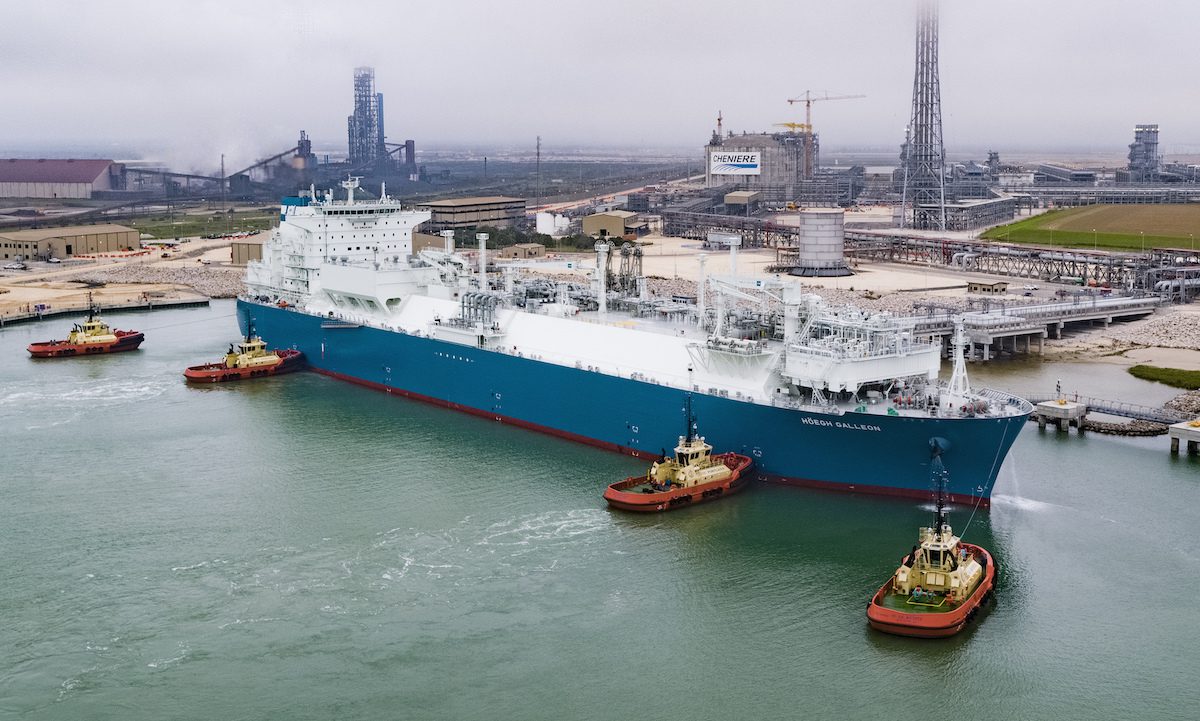In light of the March 26 collapse of Baltimore’s Francis Scott Key Bridge, engineers from Johns Hopkins University have launched an assessment of bridges across the United States, with a focus on larger ones near major ports of entry.
The team, funded by a National Science Foundation Rapid Response Research grant, and assisted by a group of students, will seek to modernize risk prediction models to keep pace with the growth of shipping, especially the rise of massive containerships.
Team leader Michael Shields, a Johns Hopkins engineer specializing in risk assessment, stressed the urgency of the situation. “We need to know now, not five or ten years from now, whether there is an outsized risk to bridges across the country so that critical investments can begin immediately if needed.”
Shields pointed out that the risk to bridges like the Key Bridge in Baltimore, which collapsed after it was struck by the M/V Dali, has changed significantly since they were built, and the current understanding of these risks is insufficient. The team suggests that the risk of such a bridge collapse was underestimated and that the likelihood of similar catastrophic collisions in the U.S. is potentially much higher than current design standards anticipate.
The team’s research will include mining global shipping data, developing contemporary risk models, and identifying vulnerable bridges susceptible to catastrophic ship collisions. They also aim to build models to assess the likelihood of a ship deviating from its course and hitting a bridge near major ports.
“Preliminary findings already challenge prevailing assumptions,” said team member Rachel Sangree, a structural engineer and former bridge inspector. “The U.S. has seen 17 incidents of major bridge collapse between 1960 and 2011, averaging one every three years. Between the exponential growth of mega freight ships and the surge in global shipping traffic, many of our bridges simply weren’t built to withstand the pressures of today’s maritime landscape.”
A preliminary report by the NTSB revealed the ship suffered a series of blackouts both before departure and as it approached the Key Bridge while under pilotage as it departed the Port of Baltimore. The ship struck a piling of the bridge at approximately 6.5 knots, causing six spans of the bridge to collapse.
The research findings will potentially redefine safety standards for transportation infrastructure, informing policy decisions on infrastructure improvement spending. “Given the estimated $1.7 billion to $1.9 billion cost to rebuild the Key Bridge and the potential billions needed to retrofit existing bridges, accurate risk assessment is vital to ensure the sustainability of society’s critical infrastructure,” said structural engineer Ben Schafer.
The team has already initiated its investigation and plans to share some preliminary results with stakeholders by the end of the summer. The full study is expected to take approximately one year to complete.

 Join The Club
Join The Club










